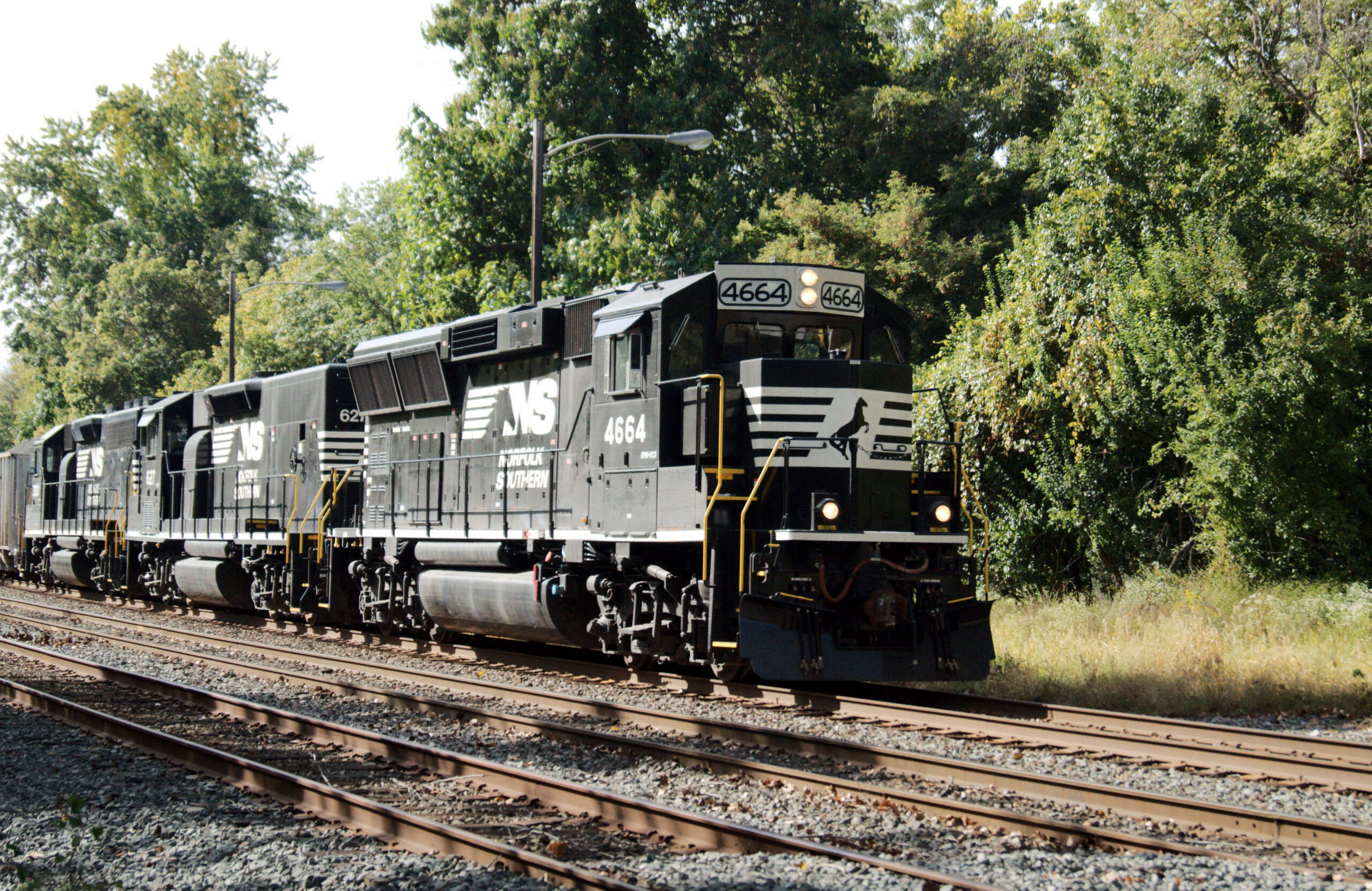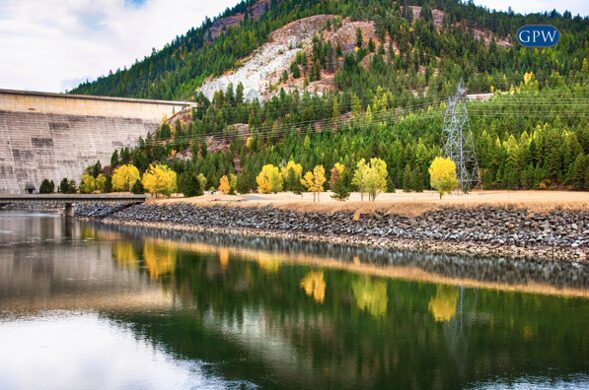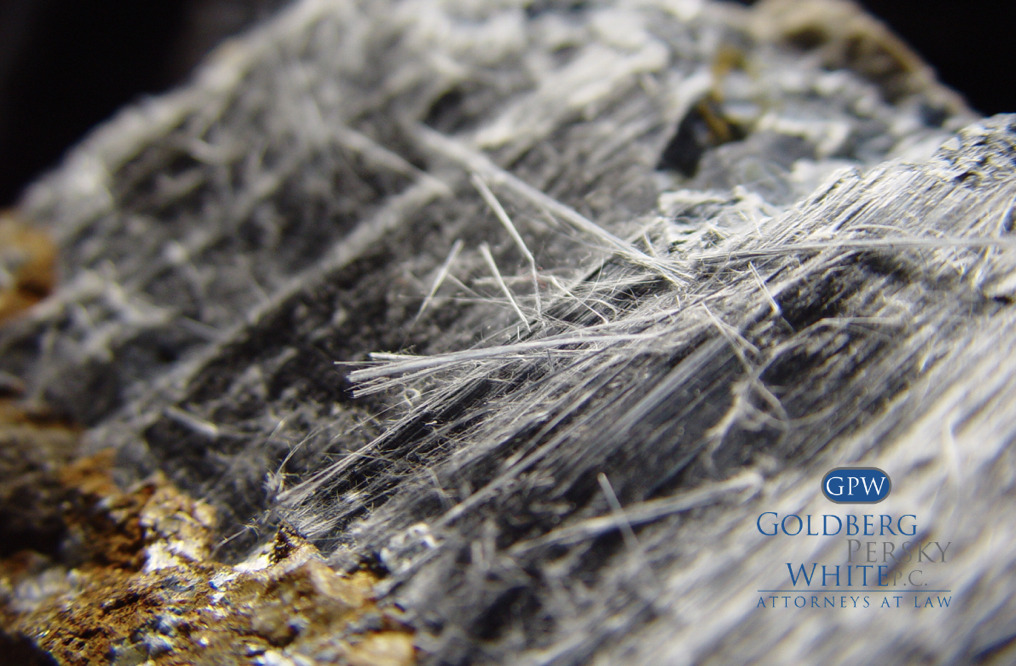The last thing parents should be worrying about when sending their children to school is the potential health effects caused by dangerous carcinogens. Sadly, this is not the case with the amount of asbestos in schools across the United States. Back in January 1984 a survey of 2,600 public school districts and private schools was taken and found that 15 million students and 1.4 million teachers, administrators, and other faculty from 35,000 schools were at risk of exposure to asbestos. There is so much asbestos in schools (1/3 of schools still contain asbestos) around the country that elementary school teachers are twice as likely to die from mesothelioma as the whole population. Schools are also not under the Occupational Health and Safety Administration’s (OSHA) standard for a workplace (.1 airborne fibers per cubic centimeter of indoor air over a typical 8 hour workday-not exceeding 1 fiber per cubic centimeter in any half hour period).
Even though the OSHA standard does not apply to schools, there are some protections created by the government to at least make schools a little safer. In 1984 the Asbestos School Hazard Abatement Act was passed which provided schools with expertise, technical assistance, and financial resources to figure out the best course of action for the health of students and staff of schools. Between 1984 and 1993 congress appropriated $382 million for the program but no money has been raised since then. In 1986 the Asbestos Hazard Emergency Response Act (AHERA) was created and established policies and regulations that are still in place today. Under this act, public and private schools need to inspect for asbestos regularly (every three years) and take appropriate action for abatement. If asbestos is found, schools can repair the damaged asbestos containing material, spray it with sealants, enclose it, or keep it in good condition to prevent it from releasing fibers. All schools have an asbestos management plan which is required to be made available to parents and the public within 5 days of being requested.
The EPA enforces AHERA but states can apply for a waiver to be in charge of their own schools if they prove their oversight is as strict as the EPA’s. Currently, 12 states oversee their own schools. There is a problem with this system though since states have been found to not be as strict as the EPA thought. The Public Employees for Environmental Responsibility (PEER) obtained records for asbestos inspections in Massachusetts between 1998 and 2008, and found that the routine audits contained reports of violations in nine out of ten cases. Luckily, violations did not occur because of risk of exposure. Instead the violations were for the failure to train workers about asbestos safety and notify parents of the schools’ asbestos management plans. The other infraction consisted of not keeping records showing that students and teachers were protected if the asbestos in the schools was to be disturbed.
Even though there are some ways that the government is protecting schools, the attempts are not good enough for the safety of children and teachers. Asbestos is a real threat to people’s health and exposing children at a young age can cut their life short dramatically. Children need to receive an education, and they deserve to get that education in a safe environment. Without real legislation and oversight, more people could die as a result of poor policies.
If you have been exposed to asbestos and now have mesothelioma, lung cancer, or asbestosis you may be entitled to file a claim. Call 412-471-3980 or fill out our contact form to speak to an attorney and learn your options.
Sources:
Bill Walker, “Asbestos Remains Widespread Hazard in U.S. Schools” Asbestos Nation [Link]
Linda Reinstein, “One-third of American schools still contain asbestos. That’s unconscionable” LA Times (September 13, 2018). [Link]




